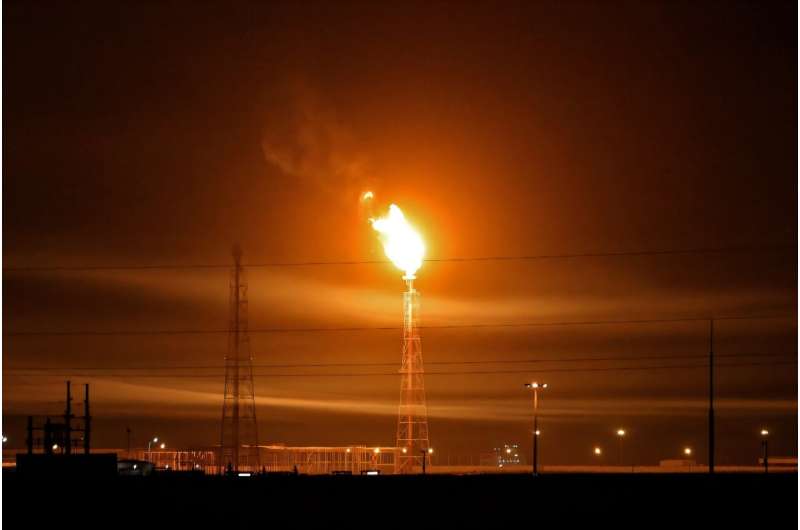
The International Energy Agency (IEA) announced on Tuesday that global oil demand is expected to dip slightly in 2030, marking its first decline since the COVID-19 pandemic hit in 2020.
In its yearly oil market report, the Paris-based organization highlighted a few key reasons for this downturn. Factors such as slow economic growth, ongoing trade disputes, the increasing popularity of electric vehicles, and a general shift away from crude oil for energy generation were all mentioned.
Annual growth in oil demand, which has been about 700,000 barrels per day (bpd) in 2025 and 2026, is projected to slow down significantly in the coming years, with a slight decrease anticipated for 2030, according to the IEA.
The agency forecasts that total oil demand will reach 105.5 million bpd by 2030, following a peak of 105.6 million bpd in 2029.
During the pandemic in 2020, oil consumption plummeted to 91.7 million bpd as countries enacted strict lockdowns and closed their borders. However, it has gradually increased again in the following years.
In the U.S., which is the largest oil consumer, demand is expected to peak this year before beginning to decline in 2026. Meanwhile, China, the leading crude importer, is predicted to see a drop in demand starting in 2028, as noted in the “Oil 2025” report.
The Middle East’s oil demand is also forecasted to reach its peak in 2027 before declining in 2028.
The IEA emphasized that Saudi Arabia will experience the most significant drop in oil demand of any country by 2030, as it transitions from crude to natural gas for energy needs.
US and Saudi Arabia to Boost Production
This report comes amid rising oil prices, triggered by Israel’s recent airstrikes on Iran, which led to Tehran retaliating with missile attacks.
IEA executive director Fatih Birol mentioned in a press briefing that these price increases are not based on fundamental market conditions. “There’s plenty of oil available; demand is considerably weaker than supply,” he stated.
He added that high oil prices are unlikely to last, and the IEA is prepared to respond to any disruptions in supply.
Despite the ongoing conflict drawing attention to immediate energy security concerns, the IEA predicts that the growth in oil supply will greatly exceed the increase in demand in the coming years.
Global oil production capacity is expected to grow by 5.1 million bpd—twice the expected increase in demand—reaching 114.7 million bpd by 2030.
The IEA pointed out that combined, Saudi Arabia and the United States will be responsible for 40% of the overall growth in global oil capacity during this forecast period.
If you would like to see similar Tech posts like this, click here & share this article with your friends!

